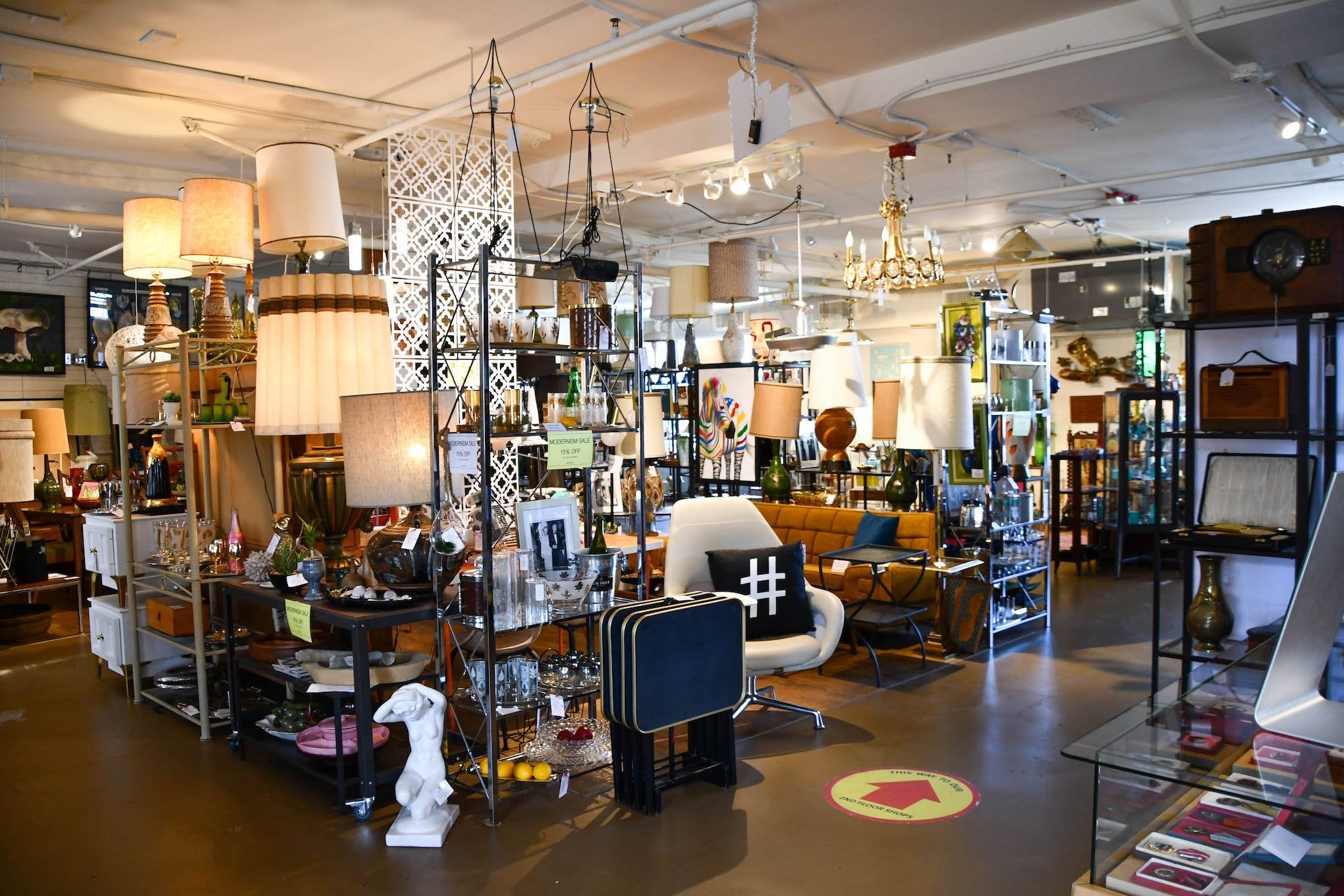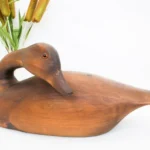
Open Daily 10am - 5pm
12,000sq.ft. of amazing items!
Free and easy parking!

As autumn looms, it’s time to put away the sunscreen and starting thinking about bigger things – like antiques. After reviewing a spate of categories over these last warm months, let’s now take a satellite view of the antique market as it stands and where it seems to be going.
First of all, it’s hardly a secret that the antique and collectibles market is mired in a down cycle. The halcyon days of the 1990s are behind us and consumers today are less interested in design and craftsmanship from the past. Antique shows are smaller, dealers are fewer, and prices are down. It’s a good time for buyers, if not necessarily for sellers.
It’s also hard to overstate the impact that internet sellers in general and online auctions in particular have had on the market. Ebay continues to be the 800 lb gorilla of the category but constant changes have made it more difficult to navigate and its sheer size has made it vulnerable to specialty auction sites. Sellers still abound but prices for all but the most exceptional items have languished.
Such alternate selling platforms as One Kings Lane and 1stDibs have exposed a huge range of vintage objects to buyers from around the world. Interestingly, the generally high prices characteristic of these platforms have become useful comparison points to brick-and-mortar sellers. It seems the convenience of buying this way comes at a considerable cost. Partly as a result, these websites have also seen a fall-off in their vintage offerings. Today the assortment of goods offered by 1stDibs includes a sizable percentage of contemporary items.
The reasons are clear. Today’s 30-and-under set are not accumulators and prefer to spend their disposable income on technology and experiences. Nonetheless, that may change as they begin to settle down, buy homes, and start families. As for older collectors, they are recognizing the lack of interest their offspring have in collecting and are looking for ways to unload their personal accumulations. Thus, we can expect continued downward pressure on prices until millennials age into more stable lifestyles.
Of course, there are extremes in every market and the antiques business is no exception. Perhaps most negatively impacted in recent years has been large 19th century (and earlier) furniture. Stunning Victorian and Georgian pieces that sold well into the five and even six-figure range 20 years ago now go begging. There are wonderful buys in this category today and it’s hard to imagine such pieces declining much further in price.
By the same token, there remains much activity at the very high end of almost all antique and collectible categories. There is strong demand for truly exceptional pieces, especially with the ease that worldwide collectors now have in sourcing and bidding on these objects. Premier auction houses have responded by becoming much more selective in the items they accept for consignment. As one example, Heritage Auctions will no longer include antiquarian books in their auctions unless they feel the item will bring at least $5,000.
So there it is. If you’re a buyer, buy now. If you’re a seller, expect to be disappointed unless your bookshelf is bulging with rare and ancient texts. And if you’re a casual shopper, keep a sharp eye out. There are bargains out there.





We’ll email you about the latest events, sales, and general store updates.

Our antique gallery is located just south of downtown Palm Springs, with free parking and air conditioning throughout.
Open Daily: 10am – 5pm
505 E Industrial Pl.
Palm Springs, CA 92264
© Copyright Antique Galleries of Palm Springs 2024